Erosion Control for Your Seaside Garden
http://decor-ideas.org 06/06/2014 03:06 Decor Ideas
Living on the beach is fantastic, but it comes with a landscaping challenge: Erosion can occur rapidly in a beach environment. There are several best practices for maintaining your shoreline and coastal garden, however. The ecosystem dynamics that shape the coastline are the result of wind and wave action. Soil stabilization is the most important part of erosion control for a beachfront property. Here you’ll learn how to stabilize the soil against erosion from wind, salt spray and water.
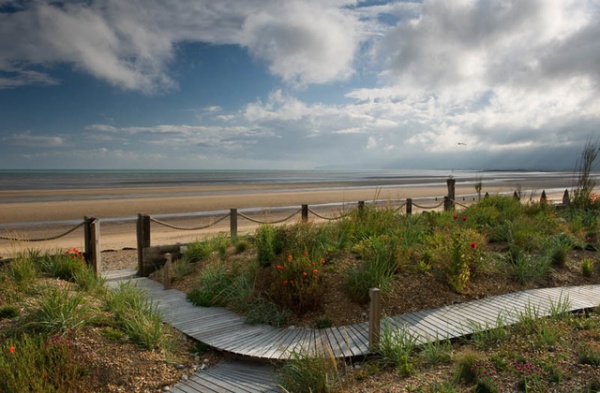
Plants
The easiest way to control erosion is with vegetation, because native vegetation is resilient and cost effective. Establish native plants that are adapted to the dune environment where you live to trap sediment. Plants’ roots create a living network of subgrade fibers that hold the sand and soil in place. Therefore, the goal for establishing plants for erosion control is to create a plant community with diverse types of roots.
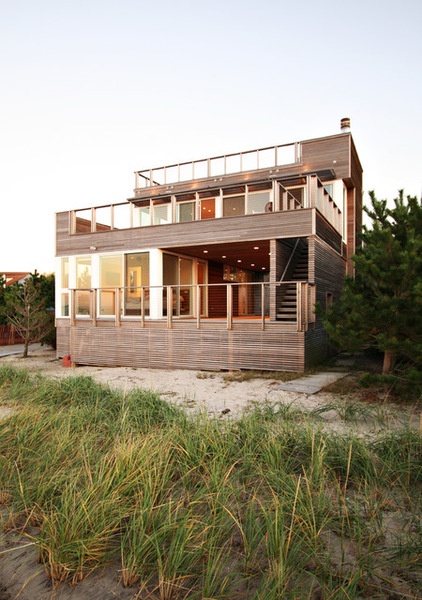
Some plants have creeping roots that run either aboveground (called stolons) or belowground (called rhizomes) and are an excellent way to create a mat of roots that hold soil together. Use a combination of woody plants with shallow and deep roots that stretch through the full soil horizon for increased soil stability.
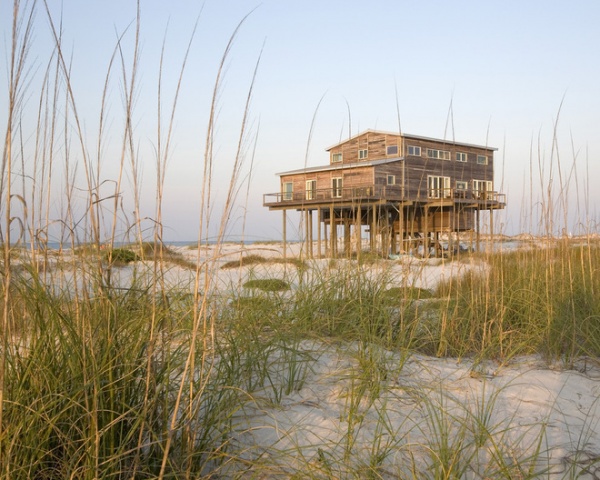
Native dune vegetation is uniquely adapted to growing in shifting sands with constant wind, glaring sun and salt spray from the ocean. The first vegetation zone on the beach, sitting just above the high-tide line, is called the foredune and has the most challenging environment for plants.
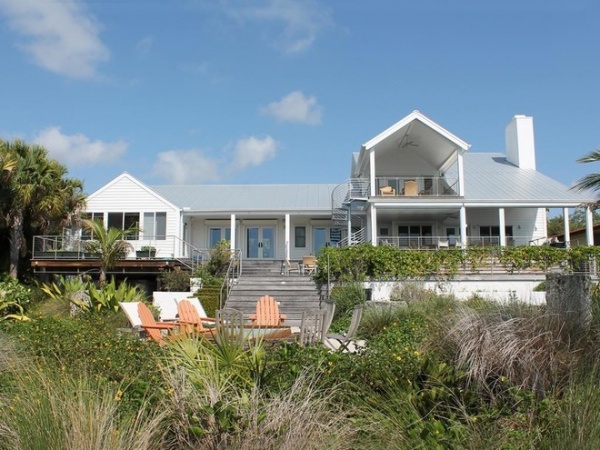
Many native foredune plant species are protected by state and federal laws, because they are so critical for dune stabilization on the beach. Native vegetation in this zone should be maintained and protected. If your property is lacking this vegetation due to a major storm or construction activity, consult with a local landscape architect on how to reestablish this important habitat.
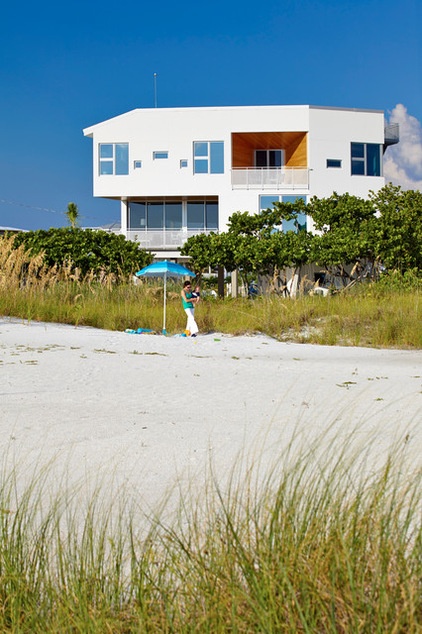
A combination of sand fences can be set perpendicular to the direction of wind, and native plants can be used to build up the dune ecosystem. A word of caution: This zone may be regulated by your municipality. Be sure to check with local regulations before undertaking any work on the foredune.
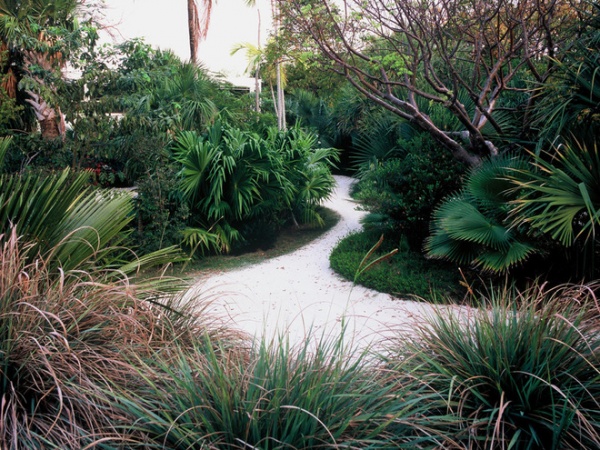
Behind the foredune is the area known as the back of the dune or landward side of the dune. This area receives less salt spray than the foredune, but plants used here must still be salt and drought tolerant. Depending on where you live, the subsequent ecological zones of the beach might spread into a high-dune ecosystem, or they may transition into a maritime forest with trees and large shrubs. Sea grape (Coccoloba uvifera), one of my personal favorites, is an excellent back-of-dune plant native to Florida.
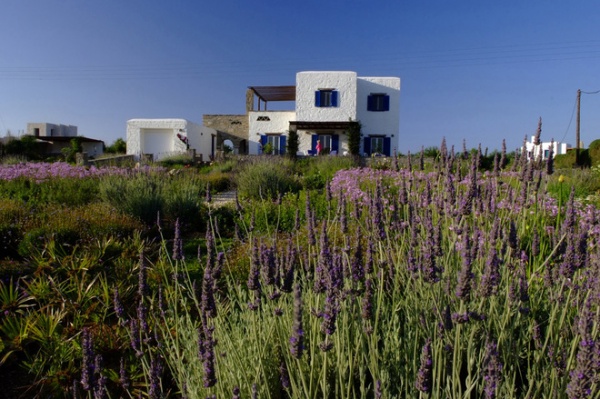
The plants you use in your coastal garden must be salt and drought tolerant. Ask your local nursery for a list of beach-ready species. You can also visit a nearby protected park with native coastal vegetation intact and observe the plants growing there. It’s amazing what you can learn from observing native plants in an undisturbed condition.
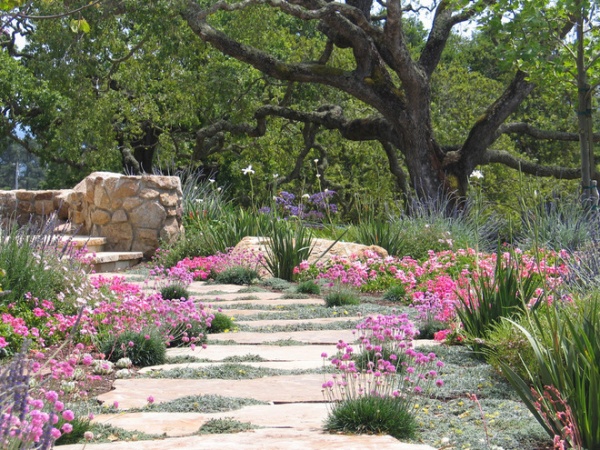
Sea thrift (Armeria maritima) is a lovely salt-tolerant plant for coastal North America. It grows in USDA zones 4 to 8 and is very drought tolerant too.
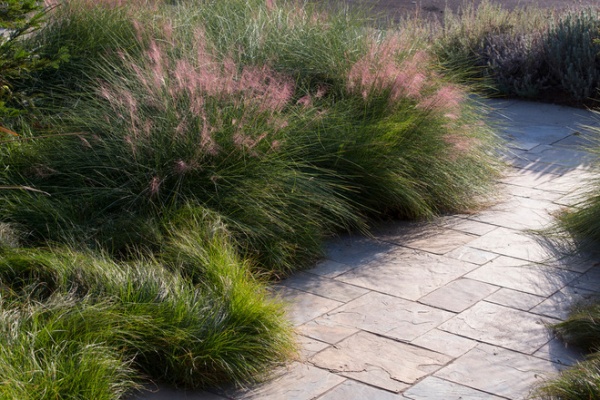
Muhlenbergia capillaris is called pink muhly grass for its big, soft pinkish flower plumes in autumn. It’s a beach native in parts of the southeast United States and looks wonderful billowing in the sea breeze.
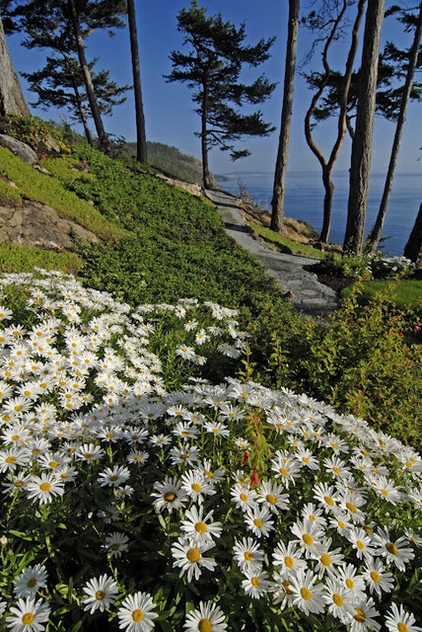
Steep Slopes
There are times when steep slopes necessitate help from an erosion control mat or roll to jump-start the vegetation building process. Mats and rolls for erosion control are most often used on rocky soils and areas with steep slopes.
An erosion control mat is a loosely woven textile made of jute, straw or another biodegradable fiber that is laid on top of the soil and secured in place with landscape stakes. The mat holds the soil in place while the young plants become established.
Erosion control rolls are made of biodegradable materials that have been formed together into a long fiber sausage, about 8 inches in diameter, and staked to the ground along a slope. Over time the plant roots grow and hold the soil in place as the mat or roll breaks down into the soil.
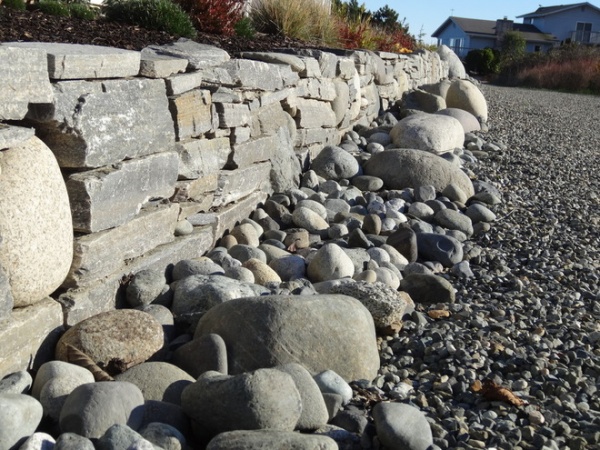
Rocks
Rock walls, riprap, boulders and even gabions are all great materials for breaking up the wave energy on a rocky coastline near the high tide line. Use locally sourced stone to blend with the existing beach context. If you are on a rocky coast in the Pacific Northwest or in Maine, experiment with establishing mosses and lichens on your rocks for a lovely seaside look.
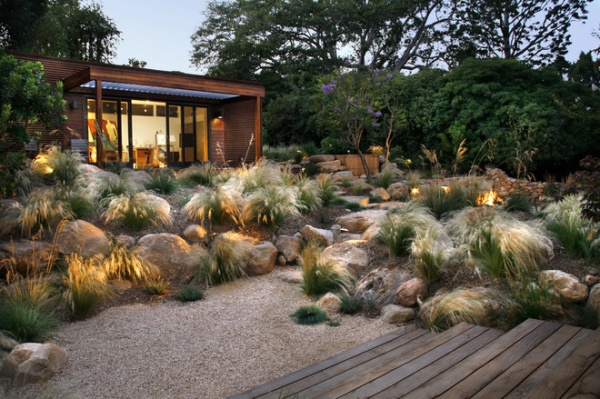
Boulders can be used in combination with grasses and seaside plants for a rustic beach look.
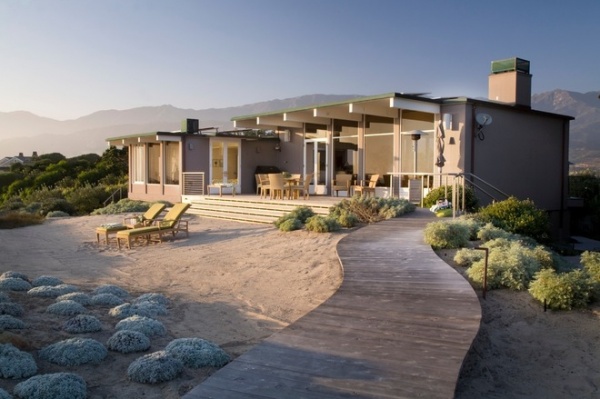
Pathways
Pedestrian traffic contributes to erosion, because it tramples vegetation and loosens soil particles. Plan pathways in your coastal garden with a stable surface to avoid foot-traffic-induced erosion.
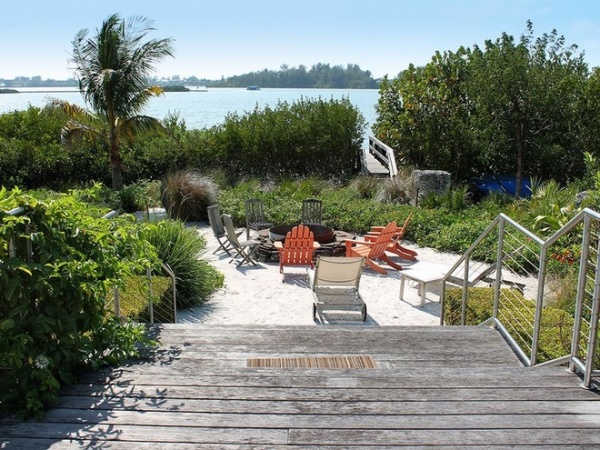
A combination of wood decks, raised pathways and soft sand areas creates a carefree beach garden setting.
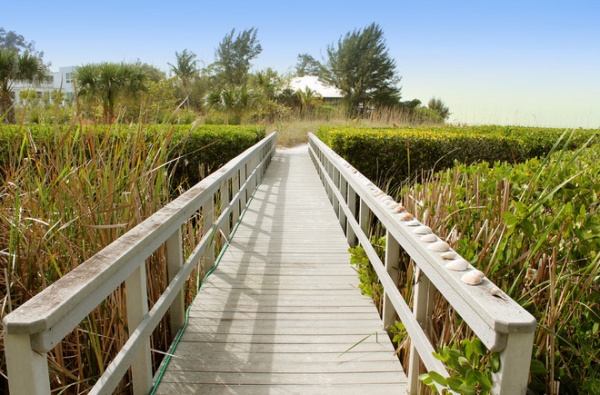
Marshy tidal flats and mangrove areas may require an elevated pathway known as a flyover. A flyover is constructed well above soils and vegetation to provide access to a beach or dock without disturbing the native ecosystem. The flyover may be more costly to construct than an on-grade path, but is a sure way to protect vegetation and reduce the likelihood of erosion in the long term.
More: Breeze Into Coastal Landscapes
Related Articles Recommended












